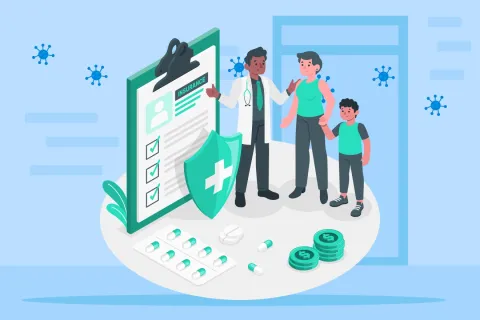
Over the past few decades, Pharmacovigilance (PV), has been instrumental in detecting, assessing, understanding and preventing adverse events. In the due course, drug manufacturing organizations have implemented safety and PV systems with due diligence to stay compliant with Health Authority (HA) requirements.
The new Regulatory requirements enforced by HAs directed organizations to consider adverse event information from different sources such as social media, public forums, chatbots and other platforms. The move has led to a growth in number of data channels. With more channels in consideration, the rise in volume of data is so obvious. In such scenarios, are the current PV systems efficient enough to analyze the adverse event data? Are the organizations fully equipped to deal with adverse event data from multiple sources? It is definitely a no.
A Surge in Adverse Event Data
The gamut of adverse event data to be analyzed has increased the complexity in the process of PV. Amid the data surge, segregating legitimate cases of distress from false alarms is taking away the crucial time which is slowing down the signal detection. Without a timely track of signals, adverse events spiral out of control with their number growing proportional to the rate of consumption of the medicine. If organizations are unable to control the number of adverse events, they might have to face product recalls and bear financial penalties. Such events also affect a brand’s social image. In such scenarios, organizations should efficiently handle the cluster of data. But how?
Is Automation a Way Ahead?
Industry findings have suggested that automation can reduce organization’s burden to analyze excessive data inflow. Enabled with intuitive abilities to detect and to separate the right kind of cases, automated tools can help stakeholders quickly reach at actionable conclusions while drastically reducing the margin of errors. Meanwhile, the experts and Key Opinion Leaders opine that automating adverse event data collation and segregation in PV may not be fully scalable without proper validation by professional analysts.
The way forward must include a combined effort. To begin with, manufacturers must adopt automated tools to collate and organize the adverse event data. The data collected can then be reviewed by experts to have a high-level understanding of the adverse events, thus to create appropriate signals which might help in preventing or mitigating any future instances.
The need of the hour is to complement the automation with a comprehensive PV system including a strong safety strategy, fool proof signal management, submission of periodic safety reports as per regional HA requirements along with an effective quality control system to oversee the process. With a focused approach on pharmacovigilance database and system setup, organizations can reduce the number of adverse events effectively. Stay informed. Stay compliant.









